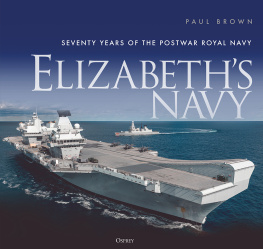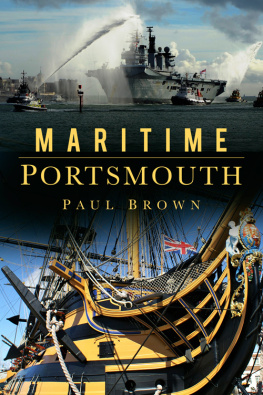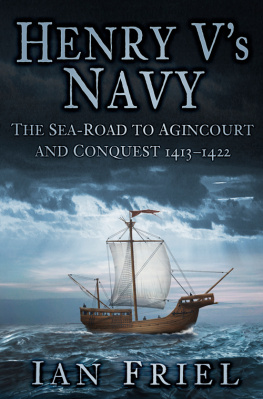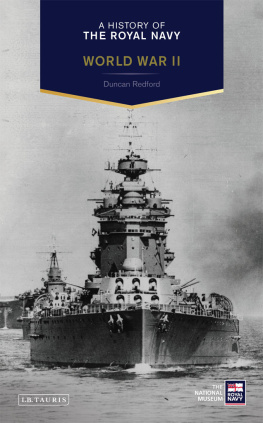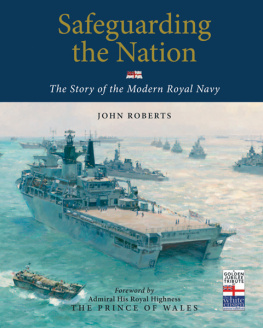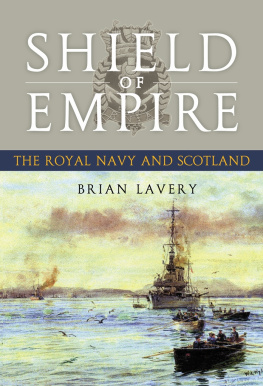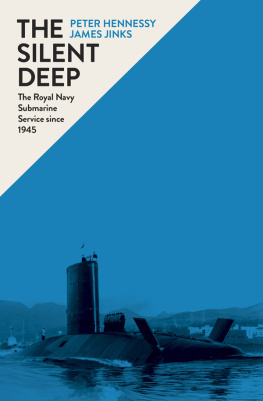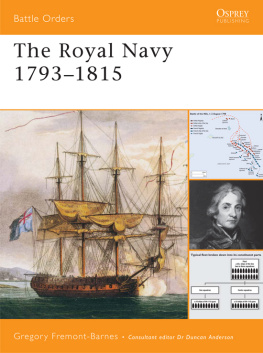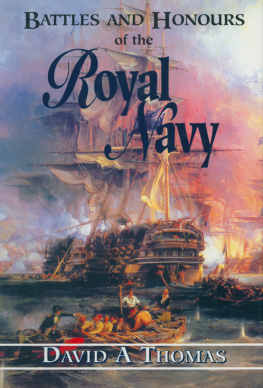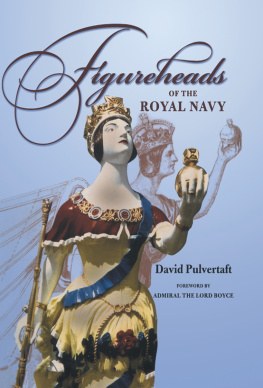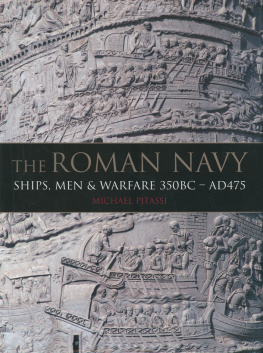

OSPREY PUBLISHING
Bloomsbury Publishing Plc
Kemp House, Chawley Park, Cumnor Hill, Oxford OX2 9PH, UK
29 Earlsfort Terrace, Dublin 2, Ireland
1385 Broadway, 5th Floor, New York, NY 10018, USA
E-mail:
www.ospreypublishing.com
This electronic edition published in 2023 by Bloomsbury Publishing Plc
OSPREY is a trademark of Osprey Publishing Ltd
First published in Great Britain in 2023
Paul Brown, 2023
Paul Brown has asserted his right under the Copyright, Designs and Patents Act, 1988, to be identified as Author of this work.
All rights reserved
You may not copy, distribute, transmit, reproduce or otherwise make available this publication (or any part of it) in any form, or by any means (including without limitation electronic, digital, optical, mechanical, photocopying, printing, recording or otherwise), without the prior written permission of the publisher. Any person who does any unauthorised act in relation to this publication may be liable to criminal prosecution and civil claims for damages.
A catalogue record for this book is available from the British Library.
ISBN: 978-1-4728-5497-1 (HB)
ISBN: 978-1-4728-5496-4 (eBook)
ISBN: 978-1-4728-5499-5 (ePDF)
ISBN: 978-1-4728-5498-8 (XML)
Full credit line for images credited NMRN is as follows: Trustees of the National Museum of the Royal Navy. Wright & Logan collection.
Title page
Sovereign was the second Swiftsure-class nuclear-powered submarine. She was built by Vickers-Armstrongs at Barrow and completed in July 1974. Her armament included Spearfish torpedoes, Tomahawk cruise missiles and Harpoon anti-ship missiles. Her main Cold War roles were to track Soviet submarines which carried intercontinental ballistic missiles, and to provide intelligence on Soviet navy systems, communications and deployments. On 20 October 1976 she surfaced through the ice near the North Pole as part of Operation Brisk, testing navigational systems and equipment performance in low temperatures. On a typical patrol she spent two months submerged inside the Arctic Circle. She is seen here in May 1991. Sovereign underwent an extensive refit at Rosyth in the mid-1990s and was rededicated in January 1997. Cracks were discovered in the tail-shaft during post-refit sea trials and she returned to Rosyth for 14 weeks of emergency repairs in June 1998. She was finally decommissioned on 12 September 2006 at Devonport. (Crown Copyright/OGL)
Osprey Publishing supports the Woodland Trust, the UKs leading woodland conservation charity.
To find out more about our authors and books visit www.ospreypublishing.com. Here you will find our full range of publications, as well as exclusive online content, details of forthcoming events and the option to sign up for our newsletters. You can also sign up for Osprey membership, which entitles you to a discount on purchases made through the Osprey site and access to our extensive online image archive.
Acknowledgements:
As well as chronicling the main events in the history of the Navy over a period of 70 years, this book presents many excellent images of Royal Navy warships and auxiliaries. Many of these were taken by RN photographers, and their outstanding quality is testament to the skills and dedication of these personnel: I would like to thank them for their work. Thanks also go to the editors of MoDs Defence Imagery, and the staff of the MoDs Defence Intellectual Property Rights section, for their help in locating images and clarifying copyright status; the National Museum of the Royal Navy for permission to reproduce Wright & Logan images; Imperial War Museums for permissions to reproduce images from their collection; Michael Lennon, and J & G Ship and Maritime Photographic Collection for permission to reproduce a number of their images; and all the other photographers who have contributed.
Front cover: The aircraft carrier Queen Elizabeth in October 2019 off the east coast of the USA, whilst conducting Lightning flying trials, escorted by the destroyer Dragon. (Crown Copyright/OGL)
Dr Paul Brown is a maritime history author and speaker whose recent publications include Britains Historic Ships (Conway), Historic Sail, Maritime Portsmouth (The History Press), and Abandon Ship (Osprey). A member of the Society for Nautical Research and the Britannia Naval Research Association, he has also been Secretary of the Naval Dockyards Society and a consultant to National Historic Ships, the UKs authority on the preservation of historic ships and boats. He was previously a university lecturer and senior university manager, and has lectured at the National Maritime Museum, Greenwich. He is a regular speaker on maritime history aboard cruise ships.
CONTENTS
What was the Royal Navy like in 1952 and how has it changed since then? At that time the UK was still a global and maritime superpower with a large empire, though the latter was waning. It had the second largest navy, the largest shipbuilding industry, and the largest merchant fleet in the world. The vast networks of seaborne trade routes, linking dominions, colonies, and traditional trading partners (such as in South America) were policed by the Navy. The Navy was large and versatile enough to be able to strongly engage independently in most foreseeable types of conflict.
What was it like to serve in the Navy then and how has it changed in the past 70 years? If you joined the Navy in 1952 it could have been through regular entry or national service conscription. Entry as a rating was predominantly as a boy at the age of 15, whilst officer cadets entered at 16. Once ratings reached the age of 18 they would have to sign on for 12 more years of service, which could be extended by another ten years. Only men could serve at sea and for ratings bed was quite likely to be a hammock; rum was issued once a day and catering was, except on the largest ships, carried out by the ratings themselves in their individual messes rather than central cafeteria. The ships company would be wholly white, or perhaps have a very small number of non-white men. There would be a class divide between the officers and ratings and it was not common for ratings to progress to officer posts. Relations between officers and men were largely formal, based on the command-and-control structure.
Because the fleet was distributed around a worldwide network of bases, after initial training you could soon find yourself on an overseas deployment which would last two years or more, even for men whose families were not accommodated at the base port. Despite the many tropical zones of service your ship would lack air conditioning. The two big fleets Home and Mediterranean would deploy on several cruises a year, visiting the more exotic and attractive ports. It was different in the Far East because there was a war on the Korean War, so a substantial fleet, including aircraft carriers and cruisers, was engaged in patrols and combat off the Korean coast. However, some men would spend periods without life on the ocean waves, instead finding themselves part of the skeleton crews in the many ships of the reserve fleet, harbour-bound in a creek or dockyard berth mostly in the home ports and Malta. The Cold War was intensifying, with the USSR building up a large submarine fleet, and it seemed that the Atlantic might again become a theatre of conflict. Thus, the role of NATO, in which the UK was second only to the USA, was becoming more important, with regular exercises conducted by multilateral forces.

